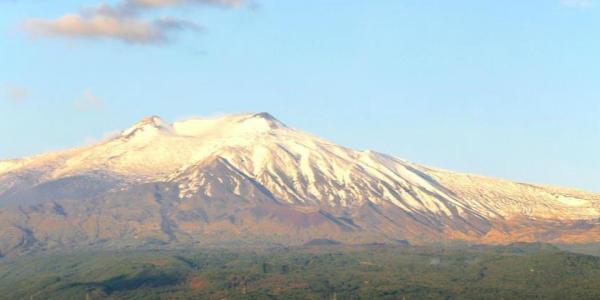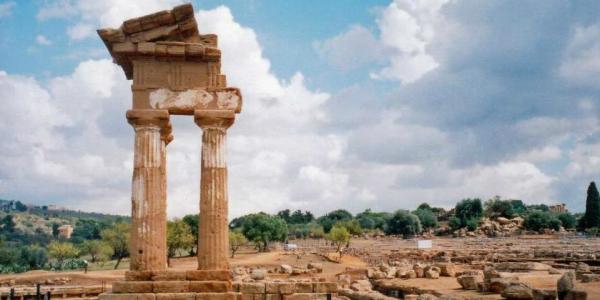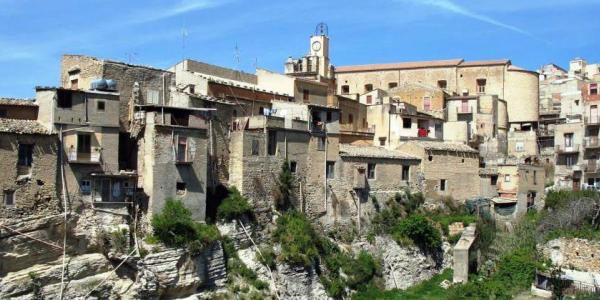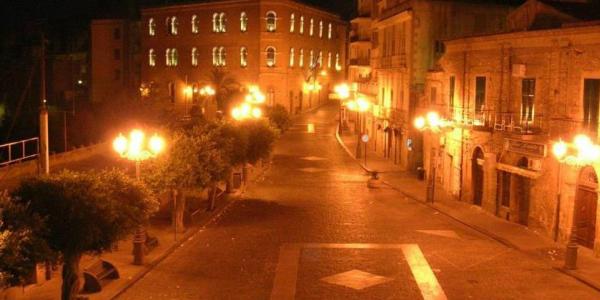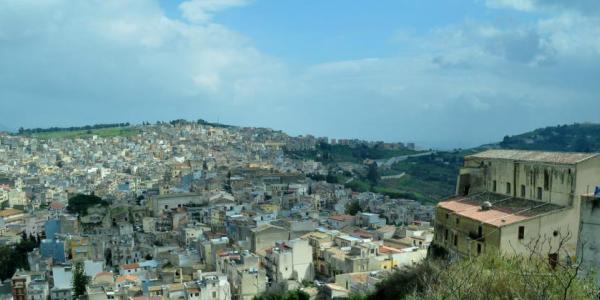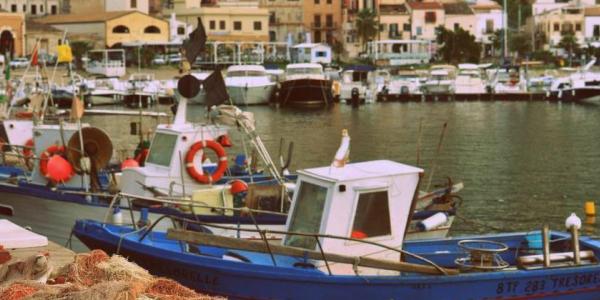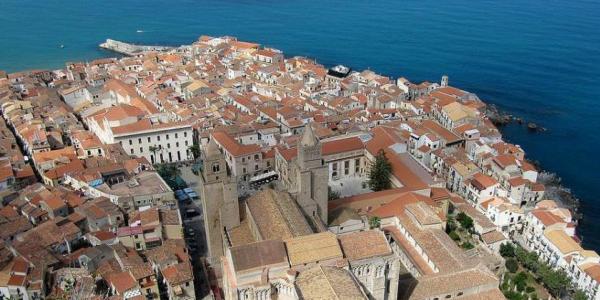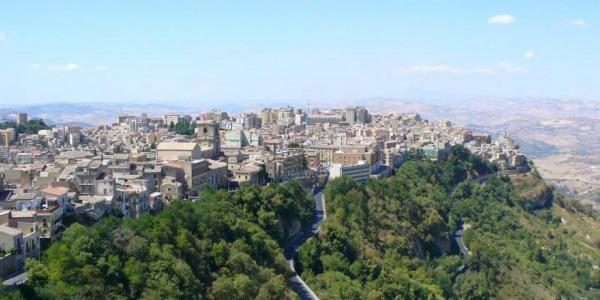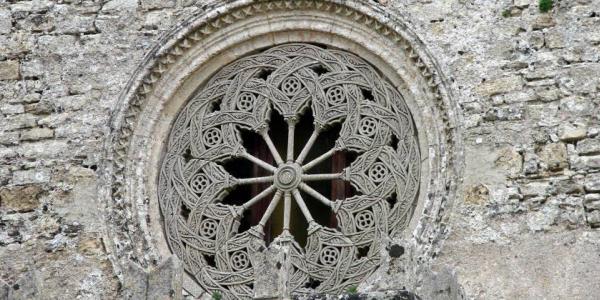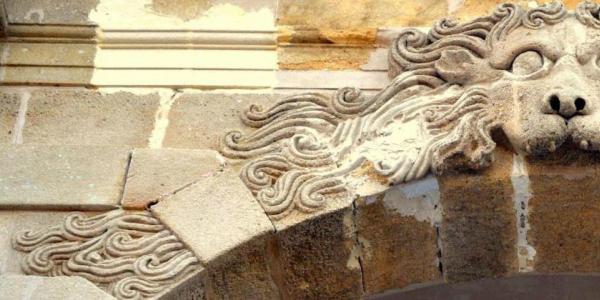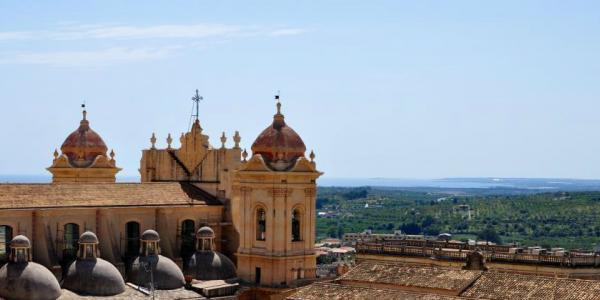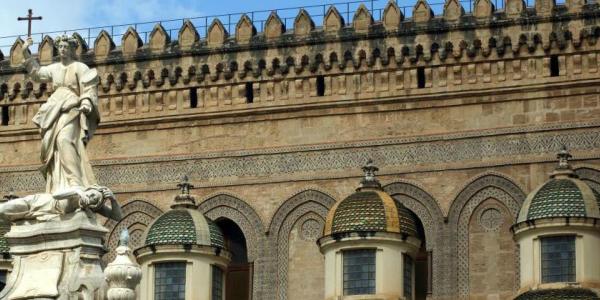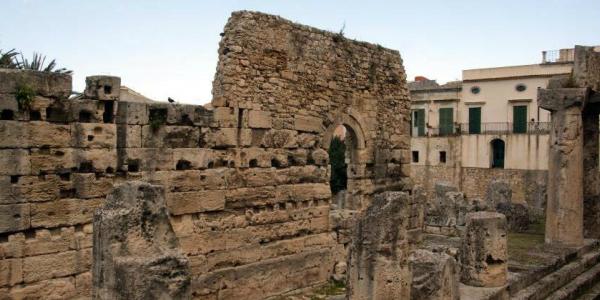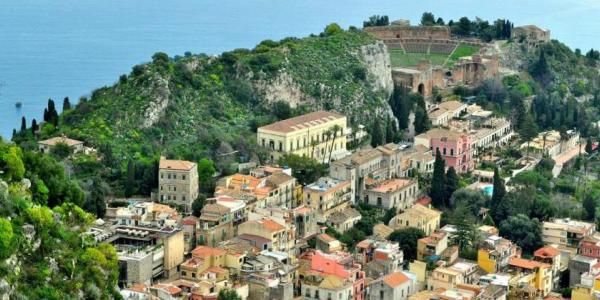Castello di Lombardia
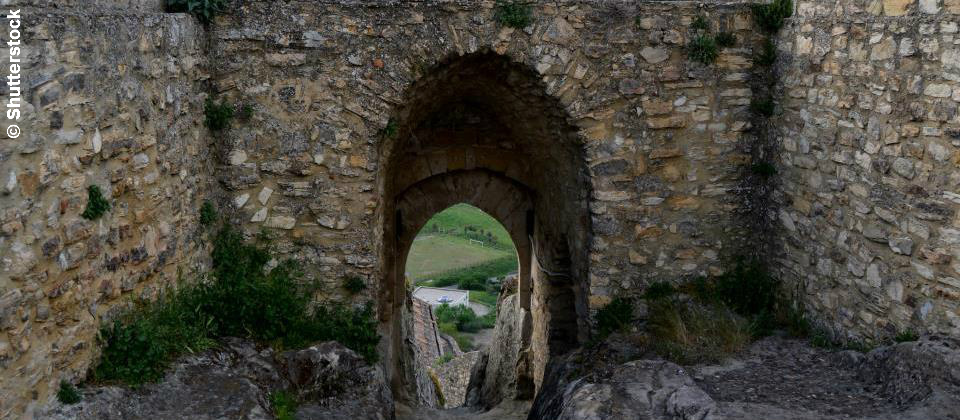
Generally acknowledged as the symbol of the city, the Castello di Lombardia is, according to historians and experts, the biggest and most majestic castle in Sicily with a total area of 23,000 square meters. It was founded by the Sicanians and rebuilt in a triumphalist way by the Arabs, and later by the Swabians. The Castello di Lombardia is located in the highest point of the city and is surrounded by a cliff which acts as a natural defensive bastion, making the castle the most important point in the city’s defence. It was probably named after the Lombard soldiers who came here to defend it. The fortress is sub-divided into three courtyards, each with its own defences, so making it virtually unassailable. The sobriety of the castle’s architecture is justified by its purely defensive function. The third courtyard, named “Il piazzale S. Nicola”, is where the royal residence is housed and is better conserved. It has six surviving towers of the original twenty, including the Torre Pisana or Torre delle Aquile, decorated with Guelph merlon battlements, from the top of which there is an excellent panoramic view.
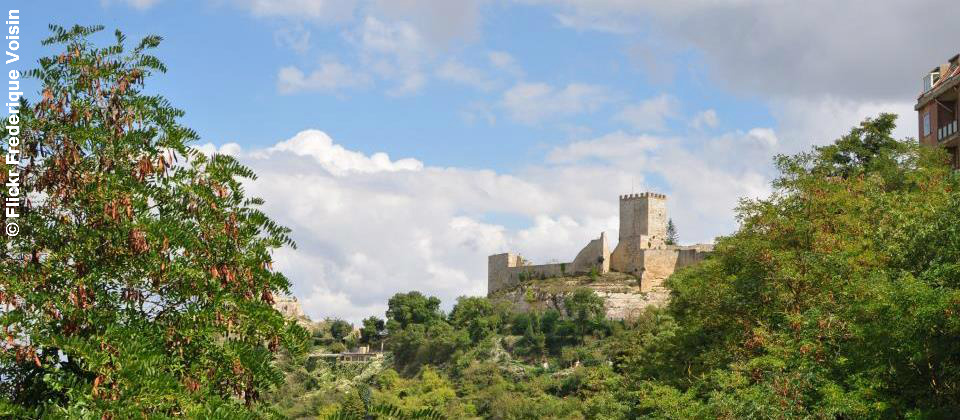
The castle was once the site of the Rocca di Cerere, a very famous ancient temple described by Cicero. This temple was built by the Sicanians to worship the Goddess of Harvest, a cult that spread from Enna throughout the Roman Empire. The decision to build the castle on top of the Rocca was a symbol of the military power protecting the cult of Ceres.
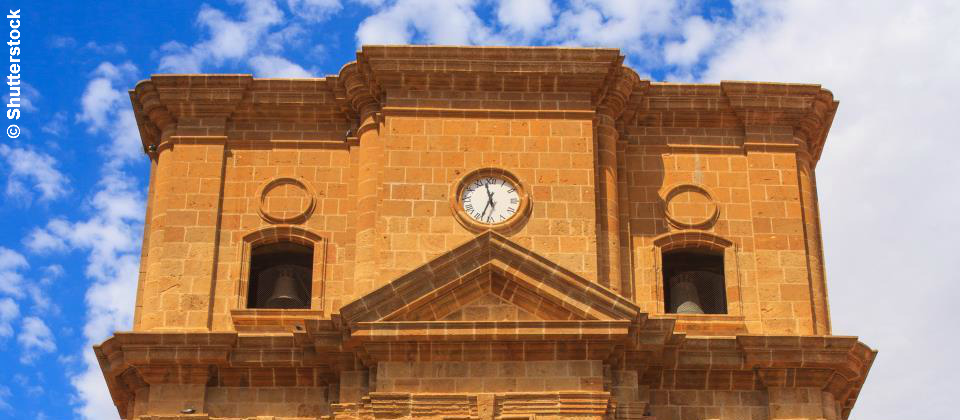
Frederick II’s Tower
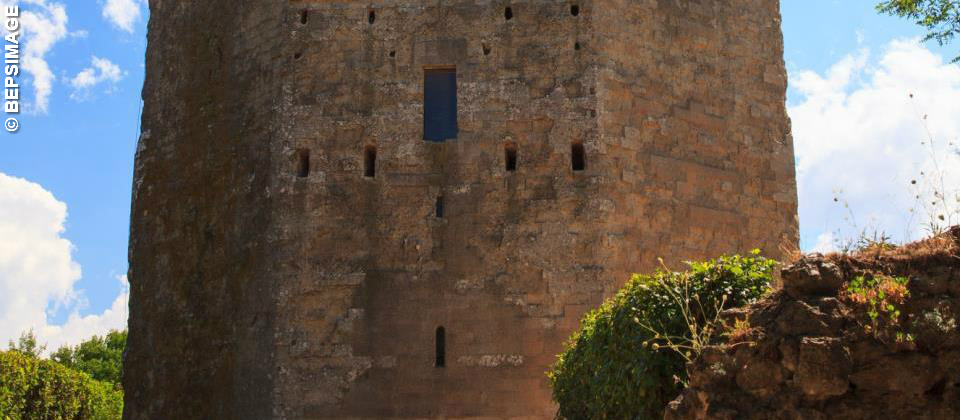
Frederick II’s Tower (a palace of refined architecture which was the king’s residence) rises on the slope of the hill opposite the Castello di Lombardia. It is also named “Castello Vecchio” (Old Castle), given that it was probably the site of an earlier castle, besieged by the Byzantine General Eufemio da Messina, and later destroyed by al-Abbas in the year 858. The tower was 24 metres high, and it is said that from the top ancient astronomers could make out the shape of the whole island and its roads networks. The tower has a big octagonal base, whose roof is covered by an umbrella vault, illuminated by means of three narrow slits, and in line with medieval architectural practice it was equipped with a large water deposit that can still be seen in the centre of the floor. The octagonal shape is typical of Federiciana architecture, and is of great symbolic value signifying a square rotating on itself to become a compass rose.
Duomo di SS. Maria della Visitazione
 10098862144_870aedfc00_o_rszx.jpg)
The Duomo di SS. Maria della Visitazione has been declared a “Monument of peace” by UNESCO and is the biggest artwork in the province of Enna. The Duomo (cathedral) was first built in 1307 over the ruins of the Temple of Proserpina, and nowadays presents a baroque style with an imposing façade built with extraordinary skill. There are many important artworks inside too.
Museo Archeologico Regionale
Not far from the Duomo we come to Piazza Mazzini, where the old Varisano Palace now houses the Museo Archeologico Regionale. Many archaeological remains and artefacts found in the Enna area are displayed here.
Teatro Garibaldi
The Teatro Garibaldi, in Neoclassical style, offers a varied theatre and culture programme every year. The building is harmoniously joined to the 18th century Palazzo Senatorio, which was embellished with the splendour of stucco, lights, velvet and the frescoes on its ceilings.



